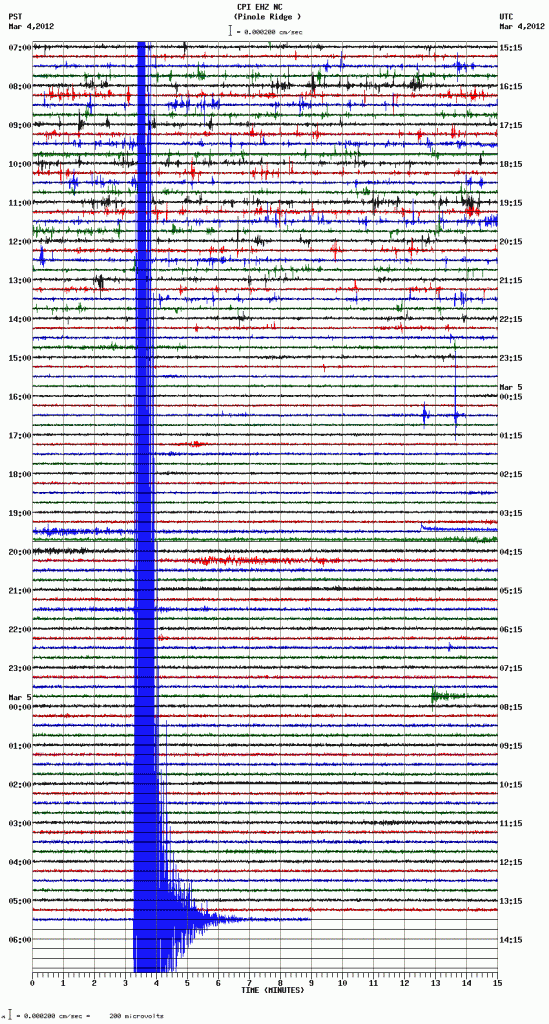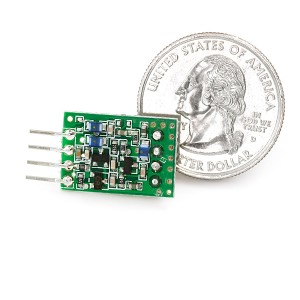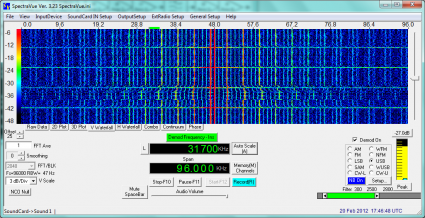The first Internet of Things Bay Area Meetup and the Air Quality Egg…
Last night, I met with Nanode creator Ken Boak and Chris Jefferies from tinajalabs.com at Cafe Actual in Berkeley for the inaugural IoTBayArea meetup. IoT groups are already going strong in many cities like London, Amsterdam, and NYC, but now that Ken is operating here in the SF Bay Area, he wanted to get a group going here.
The current big project being developed by these groups is the Air Quality Egg: a crowd sourced air quality sensor network based upon open source technology. It’s a new Kickstarter based project too (which I have decided to back)!
Beyond the fact that it uses some cool technology, I like this project mostly because the data it gathers will enable people to understand something about the world that they live in day to day. In the Bay Area, we have the Bay Area Air Quality Management District, a government group established in 1955 by the California legislature to monitor air quality in the nine SF Bay counties. This is the government agency that is responsible for (among other things) the Spare the Air day program, which warns citizens of days with particularly unhealthy air pollution, and urges them to take personal action to reduce the problem. It’s a great program, and they produce some interesting real time data on air quality in different areas, as well as forecasts. The air quality index (AQI) that they report measures ground-level ozone, airborne particles, carbon monoxide, sulfur dioxide and nitrogen dioxide.
So, if the government is doing such a good job, why do we need a citizen network to monitor the same things?
First of all, this data may not be accurate for your neighborhood. If your home or business is located near sources of pollution (such as busy streets or some industrial polluters) in spite of the fact that the overall air pollution in your city is reasonable, you might be experiencing high levels of these pollutants. Or it could simply be a matter of geography: I live in a fairly smallish valley, which might be more isolated from the offshore winds that might blow pollutants away. It would be interesting to understand how the pollution in my relatively suburban environment compared with other locations.
Secondly, an open source archive of raw sensor data opens up opportunities for research. Instead of just getting a single AQI number, we’ll end up with a bunch of spatially distributed raw readings for individual pollutants. Perhaps ozone is the dominant pollutant in your area. Or perhaps burning of yard waste causes particulates to spike in certain areas at certain times of the year. Perhaps we can see the daily variation in carbon monoxide as traffic peaks and ebbs in certain locations.
Third, it encourages citizen participation in thinking about air pollution. Just as “Spare the Air” days challenge us to consider ways to change our behavior to improve air quality, participation in an air quality monitoring network turns something that is easy to take for granted into something that we can understand and improve.
Oh, and it involves cool software and hardware too. 🙂
If any of this interests you, you might try following Ken (@monsonite) on Twitter. The IoTBayArea is just beginning, but I suspect we’ll see some rapid growth. We are shooting for regular meetings, with the next one tentatively set for the last weekend in April (but subject to change, stay tuned). Even if the Air Quality Egg project doesn’t thrill you, if you are still interested in the world of Internet connected devices, I urge you to try to come to the next one, you’ll find like minded people and good conversation.
Thanks to Ken and Chris.






I recall burning three or four weeks of a sabbatical getting Saccade.com on the air with Wordpress. So much tweaking…